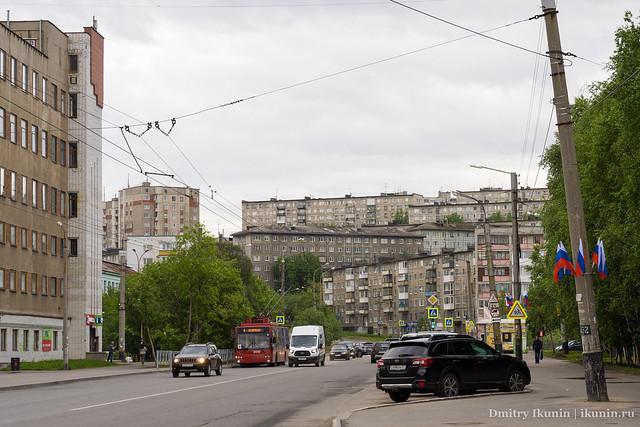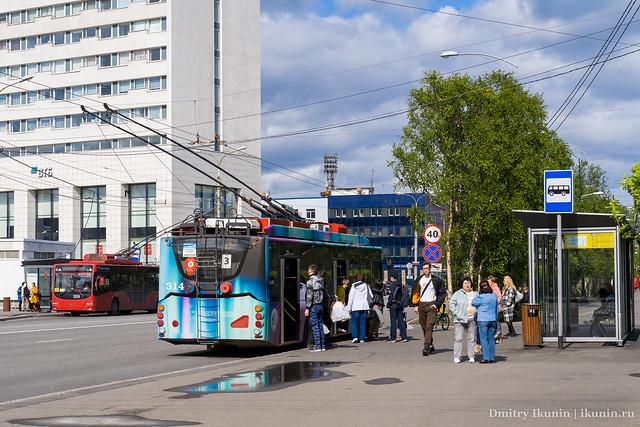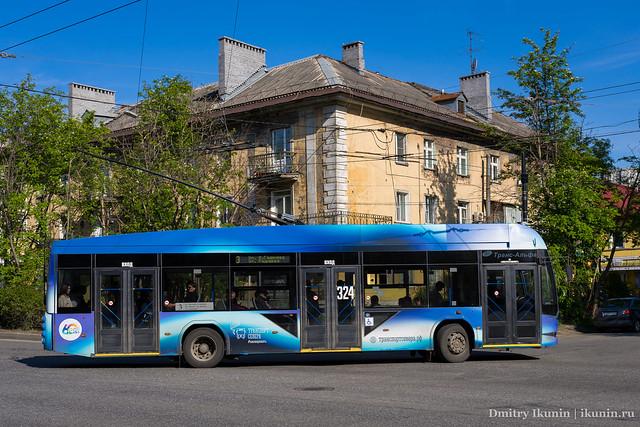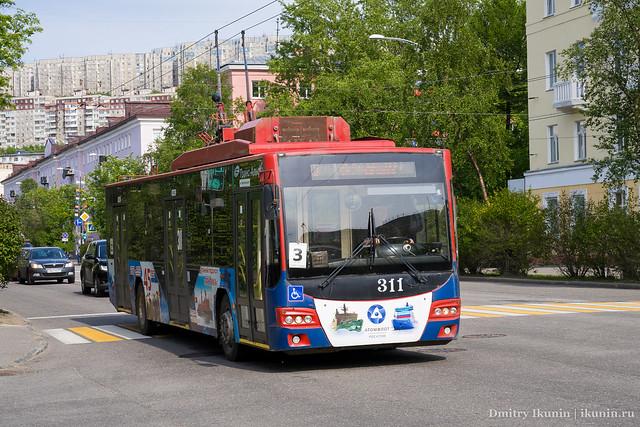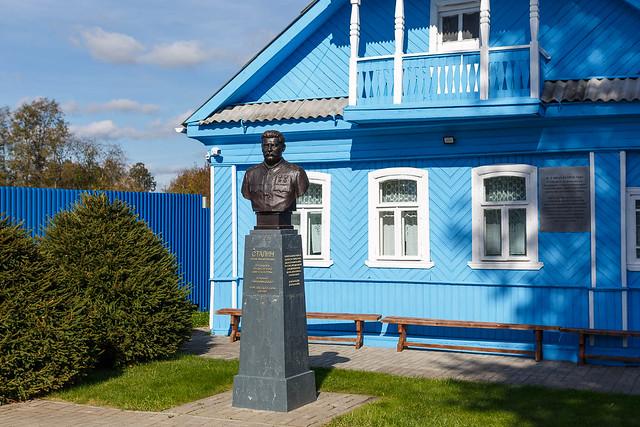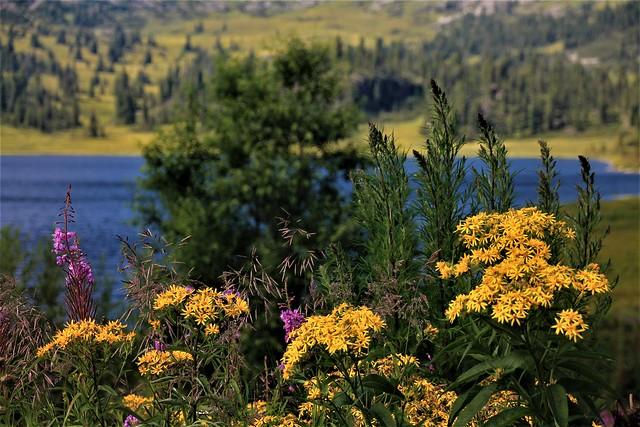Vologda Oblast
Overview
Geography and Natural Beauty
Vologda Oblast is located in the northwestern part of Russia, characterized by its expansive forests, rivers, and lakes that paint a picturesque landscape. The region is known for its pristine nature, with the Vologda River and the Sheksna River winding through the countryside. The lush greenery and vibrant flora are particularly stunning during the summer months, while the winter transforms the area into a magical wonderland with snow-covered trees and serene, frozen lakes. Outdoor enthusiasts can enjoy hiking, fishing, and snowmobiling, making it an ideal destination for nature lovers year-round.
Historical Significance
Steeped in history, Vologda Oblast played a crucial role in the development of Russia. The region was a key trade route during the Middle Ages, connecting the northern regions with Moscow and the West. The city of Vologda, the administrative center, is home to the Vologda Kremlin, a fascinating historical site that dates back to the 16th century. Visitors can explore the impressive architecture of the Kremlin, including the Cathedral of St. Sophia, which showcases intricate designs and beautiful frescoes. Vologda is also known for its association with the Russian Orthodox Church, with several ancient monasteries such as the Kirillo-Belozersky Monastery, a UNESCO World Heritage site that attracts pilgrims and tourists alike.
Culture and Traditions
The cultural heritage of Vologda Oblast is rich and diverse, deeply rooted in Russian traditions. The region is famous for its craftsmanship, particularly in lace-making, which has been practiced for centuries. The delicate lacework produced here is highly sought after and reflects the skill and artistry of local artisans. Visitors can learn about this tradition by visiting lace museums and workshops, where they can observe the intricate process and even try their hand at making lace. Additionally, Vologda is known for its unique culinary offerings, including the famous Vologda butter, renowned for its rich taste and quality. Sampling local dishes in traditional restaurants will give travelers a genuine taste of the region's flavors.
Atmosphere and Local Life
The atmosphere in Vologda Oblast is imbued with a sense of tranquility and authenticity. Unlike the bustling cities of Moscow and St. Petersburg, the region offers a slower pace of life, allowing travelers to immerse themselves in the local culture. The charming villages scattered throughout the countryside provide a glimpse into traditional Russian rural life, where wooden houses and picturesque landscapes create a postcard-perfect scene. Engaging with friendly locals, participating in seasonal festivals, and exploring local markets can enhance the travel experience, offering insight into the customs and daily routines of the residents.
Outdoor Activities and Adventure
For those seeking adventure, Vologda Oblast is a playground of outdoor activities. In the summer, visitors can paddle along the rivers or hike in the vast forests, encountering diverse wildlife and stunning natural vistas. The region's many lakes are perfect for swimming, boating, and fishing. In winter, the landscape transforms into a snowy paradise, ideal for skiing, snowshoeing, and ice fishing. The combination of natural beauty and outdoor opportunities makes Vologda Oblast an appealing destination for travelers looking to explore the great outdoors in Russia.
Conclusion
Vologda Oblast is a captivating blend of history, culture, and natural beauty, offering a unique glimpse into the heart of Russia. Its rich traditions, warm atmosphere, and stunning landscapes make it a hidden gem worth discovering, allowing foreign travelers to experience the authentic essence of Russian life. Whether exploring ancient monasteries, enjoying local delicacies, or embracing outdoor adventures, Vologda Oblast promises a memorable and enriching journey.
How It Becomes to This
History not available

You May Like
Explore other interesting states in Russia
Discover More Area
Delve into more destinations within this state and uncover hidden gems.


